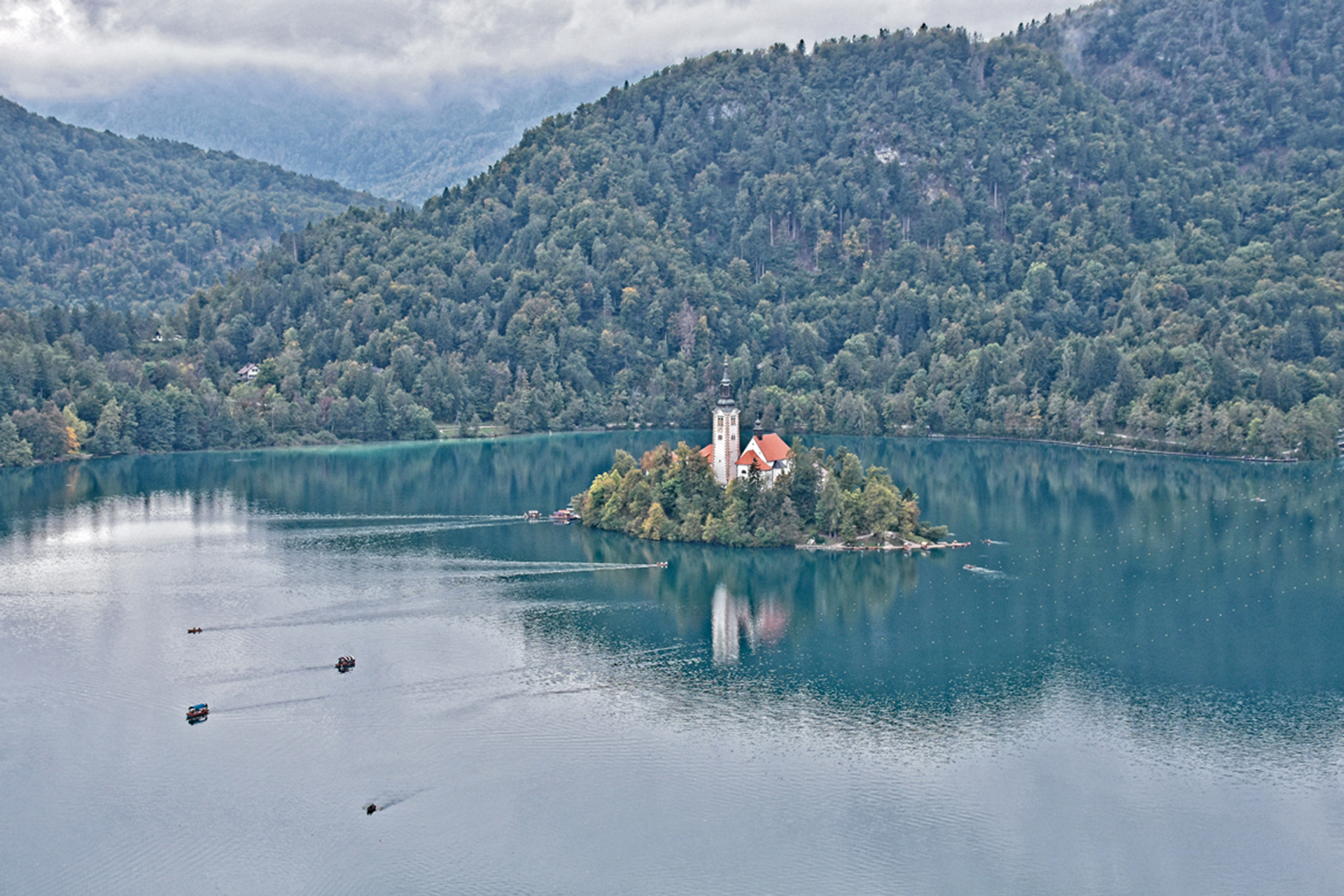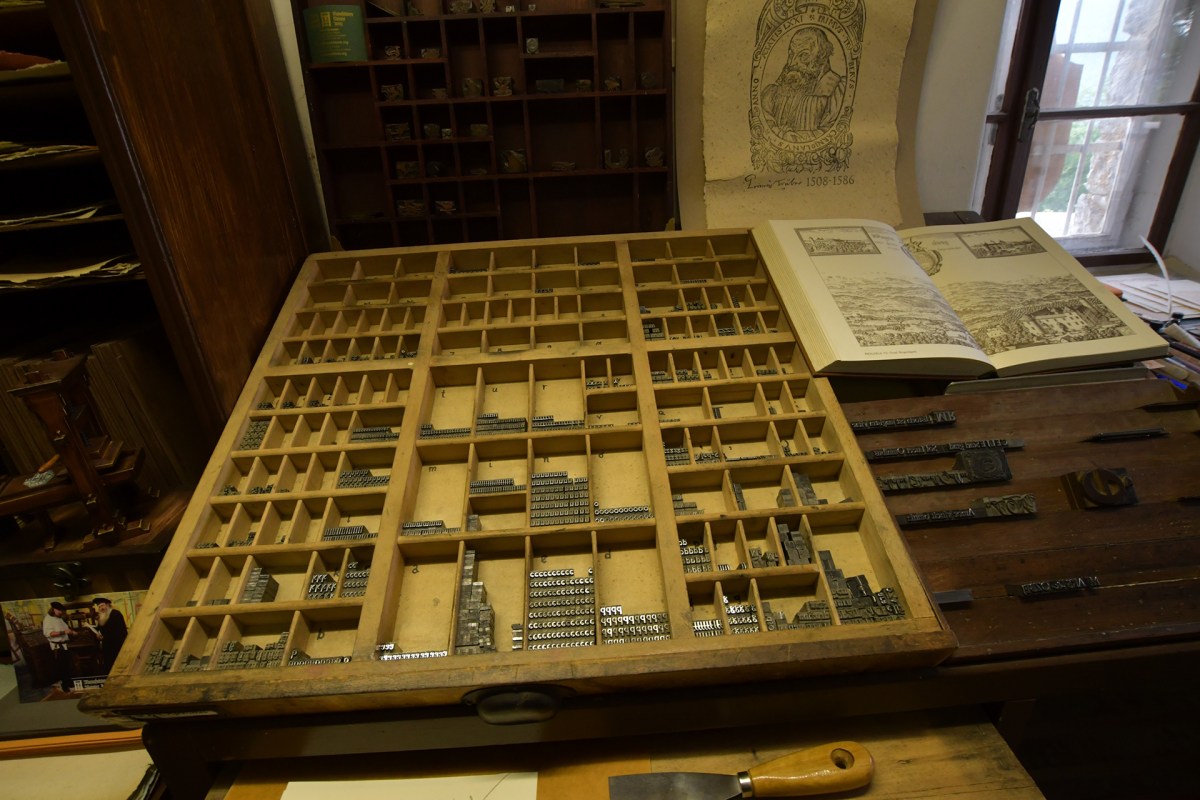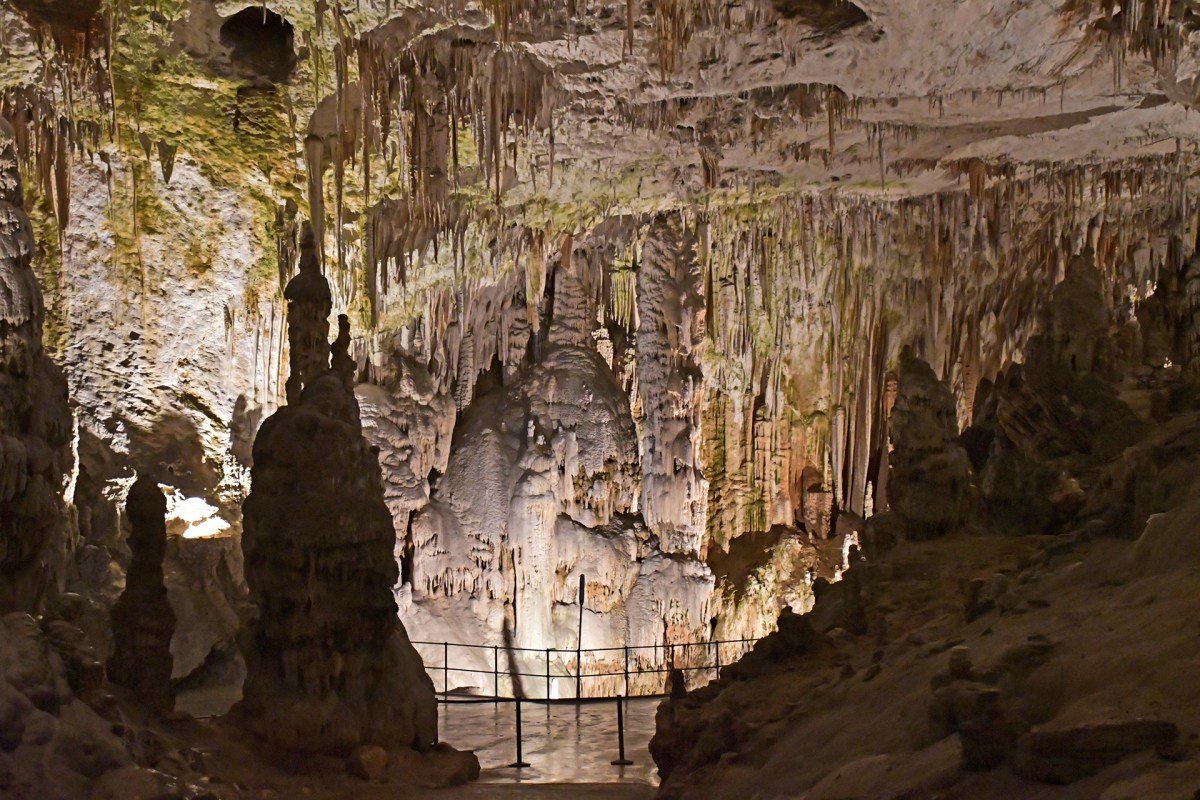Day Trips In Slovenia


Our second day in the small and easily-navigated country of Slovenia — it’s 154th in size out of 239 countries worldwide and smaller than West Virginia — we decided to simply drive out of Ljubljana to wherever our noses led us. With our usual good luck, we found ourselves in Celje, where we spied an intriguing castle perched up on a hill. So up the hill we drove to find the Old Castle of Celje, with an amazing view of Slovenia’s third largest city and an even more enchanting view of the countryside we had driven through to arrive there.
And it is old. The first recorded reference to it is in 1323, but it was a much smaller place then. It grew to its present-day domination of the vista under the rule of the counts of Celje, a very influential dynasty that left its mark on the political fate of Central Europe. It has a rich history, and has added amenities — Café Veronika was a tasty and welcome addition — to become very appealing to tourists. What appealed to us the most was the print shop in the castle, where we found a “journeyman printer” setting type by hand, which we both had done many years ago. Other new draws to the Castle include its medieval festival in August and the surprising note that the castle can be booked for knighting ceremonies.
The next day, we found yet another print shop, this time in Bled Castle, where the view over Lake Bled may be the most photographed site in all of Europe. But we didn’t find the castle itself nearly as interesting as the view. The castle is small, but the view is spectacular from any place above or around the lake. After enjoying a generous meal at the Panorama restaurant, we strolled nearly a mile lakeside, enjoying the famous sight of the tiny island in the center of the lake, picturesquely topped with its tiny church. And in the opposite direction, a cloud-shrouded glimpse of the majestic Julian Alps.
From lofty heights, our next trip took us down into the limestone depths of Postojna Cave — 377 feet down, to be exact. And what wonders lurked below! The entire cave system runs for approximately 15 miles, but only about three of those miles are open to visitors. The trip into the cave begins with a nearly two-mile trip on small train that has been running since 1872! Once inside, we set off a 1.5-mile walk through rooms full of stalactites, stalagmites, and columns in all different sizes, shapes, and colors.
The main part of the cave was discovered nearly 200 years ago, but the oldest dated stalagmite along our tour route — the Skyscraper — is 52 feet high and an estimated 150,000 years old. That’s the oldest formation on the walking tour, but the guide explains that further inside the cave there are formations that date back more than half a million years. And signatures on cave walls show that people visited the cave in the 13th Century, and Ferdinand I, heir to the Austrian throne, was the first signature in the cave’s Golden Book of Visitors, where the names of famous visitors are collected.
Sadly, we hadn’t enough time to visit the nearby attraction of Predjama Castle, which is itself carved into a high cliff in the Karst Plateau region of Slovenia. Nor did we get to explore Skocjan Caves Park, which apparently offers a visit to yet another fantastical system of caves. Perhaps we will have to return to Slovenia one day to see them. Not an unpleasant thought!
olddogsnewtrips@gmail.com

















